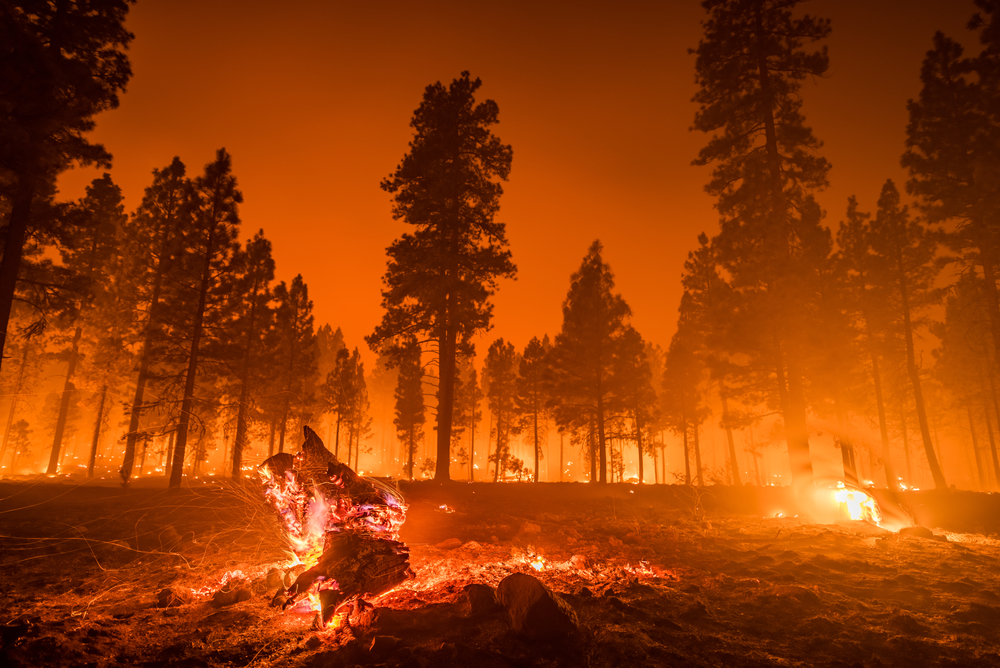Wildfire resiliency bolstered in Colorado with historic new law
- May 30, 2023
- 10:45 am


Iain Hoey
Share this content
In a progressive move hailed by the National Fire Protection Association (NFPA), Colorado has launched a ground-breaking law, SB23-166, instituting the Wildfire Resiliency Code Board. The board will bolster building codes and strengthen protections against the ever-present wildfire threats in Colorado’s wildland-urban interface regions.
Jim Pauley, President and CEO of the NFPA, lauded the enactment, stating: “This is a tremendous step forward for expanding wildfire mitigation in Colorado and recognizes the need for policy action to better withstand the impact of wildfires.” Pauley added, “Signing SB23-166 into law reaffirms Colorado’s commitment to wildfire resiliency, safeguarding homes, and supporting firefighters in their response efforts. The NFPA commends Governor Polis, the Colorado House, and the Senate for their leadership in prioritizing the safety of residents, businesses, and properties.”
The urgency for the enactment of this law is underscored by Colorado’s recent wildfire history. The state has experienced four of its largest wildfires in just the last three years. Fires in 2020 and 2021 resulted in the obliteration of approximately 1,500 structures, tallying an estimated $3.3 billion in insured losses. The 2021 Marshall Fire tragically claimed two lives.
The newly adopted law represents a vital step toward mitigating wildfire risks to communities. The creation of the Wildfire Resiliency Board entrusts the body with the task of implementing statewide standards and developing solid wildfire mitigation strategies. This strategic plan will leverage the knowledge of key stakeholders to curb wildfire risks in Colorado’s diverse communities.
NFPA was a staunch supporter of SB23-166, providing expert input to the state fire commission’s Wildland Urban Interface subcommittee. The association’s experts offered valuable insights on the benefits of implementing statewide standards to regulate construction and land use in wildfire-prone areas.
Michele Steinberg, the Wildfire Division Director of the NFPA, spoke to the new law’s merits, saying: “By setting strong building codes and promoting resilience measures, this law ensures that at-risk homes and communities in Colorado are better prepared to withstand wildfires.” Steinberg also emphasised the law’s alignment with NFPA’s voluntary wildfire mitigation program, Firewise USA. She highlighted that Colorado currently has 200 active Firewise sites, representing 100,000 residents, making it the state with the third-highest number of participants nationwide.
Firewise US is a component of Outthink Wildfire, an NFPA policy initiative. The initiative urges all tiers of government to introduce major policy modifications to facilitate safer homes and businesses. This includes home enhancements and risk reduction, robust building and land use standards, and additional resources for wildland fuel management.
The new Colorado wildfire law’s implementation coincides with the availability of federal funding for hazard mitigation efforts. This support extends to technical assistance for implementing wildfire building codes and risk reduction strategies.
About the National Fire Protection Association (NFPA)
Established in 1896, the NFPA® is an independent, globally-recognsed, nonprofit organisation committed to eradicating death, injury, property, and economic loss due to fire, electrical, and associated hazards. With over 300 consensus codes and standards, NFPA disseminates information and knowledge through research, training, education, outreach, and advocacy, working alongside partners who are dedicated to furthering the NFPA mission. For more details, visit www.nfpa.org. All NFPA codes and standards can be freely accessed online at www.nfpa.org/freeaccess.



